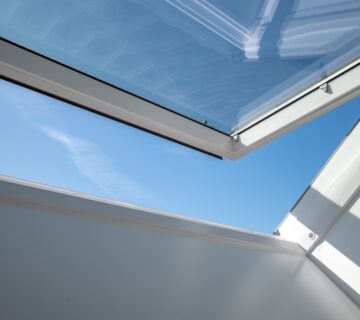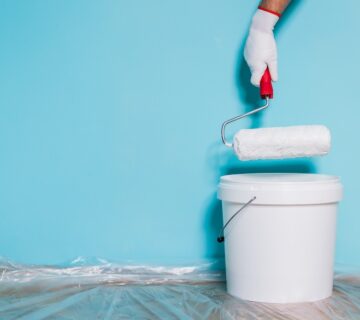
Embarking on a house painting project requires careful consideration of proper safety measures for mitigating the health risks associated with different types of paints and their fumes. Understanding these risks is crucial for creating a safer, healthier home environment. Many conventional house paints contain volatile organic compounds (VOCs) and other toxic substances that can pose significant health hazards, such as respiratory issues, skin irritation, and allergies. To mitigate these risks, choosing eco-friendly, low-VOC, or non-toxic paints is a wise decision. These environmentally conscious options not only reduce health risks but also contribute to better indoor air quality.
Health and safety should be the foremost priority when undertaking any house painting project. Employing best practices for house painting is essential, including proper ventilation to minimize exposure to harmful fumes. This is especially important in indoor painting projects, where confined spaces can lead to higher concentrations of toxic substances. Using protective gear, such as masks, gloves, and safety glasses, can provide an additional layer of defense against potential health risks.
Safe disposal of paint and painting supplies is another critical aspect of a responsible painting project. Proper disposal methods help prevent environmental contamination and reduce the risk of accidental exposure. Moreover, recognizing and preventing paint-related allergies is vital, especially for individuals with heightened sensitivities.
By understanding the toxicity of different paint types, selecting eco-friendly alternatives and adhering to safety protocols (including effective ventilation and protective gear usage), homeowners can ensure a safer and healthier painting experience. This approach not only protects the occupants but also contributes positively to the environment.


Understanding the Toxicity of Different Paint Types

The Impact of Paint Fumes and How to Minimize Exposure

The Health Risks of House Paints and How to Avoid Them

Safety First: Best Practices for House Painting

Safe Disposal of Paint and Painting Supplies

Recognizing and Preventing Paint-Related Allergies

Protective Gear for Safe House Painting

Choosing Eco-Friendly Paints for a Healthier Home

